Panama is such a wonderful surprise. As one of the safest countries in Central America and being somewhat cheaper than expensive Costa Rica, this bite-size destination makes for a great introduction to the region.
Even some cursory research will tell you that Bocas del Toro is Panama’s top tourism destination, but it’s far from the only place worth visiting!
In fact, there is so much more to Panama below the surface — sometimes literally, as is the case with the stunning reefs at Coiba National Park, known as the ‘Galapagos of Panama’.
Here are my favorite places to visit based on my two trips in Panama.
Plan your trip to Panama
1. Panama City
The capital itself is just okay, but it’s the perfect starting point for your trip (and has some fantastic day trips)
- See the Miraflores locks at the Panama Canal
- Hike the Metropolitan Natural Park for hilltop views of the city
- Take fun day trip tours to nearby areas
Panama City is generally much safer and more pleasant than other Central America capitals. From the skyscrapers in its business district to the numerous condos at the seafront promenade, it might even faintly remind you of Miami.

It’s a place mostly concerned with business and finance — and there aren’t too many sights to see. Nevertheless, it’s the obvious launching point for your Panama trip.
If you can appreciate a marvel of engineering, it’s worth visiting the famed Panama Canal. This 82km canal is of obvious economic importance to Panama and was one of the largest and most difficult engineering projects ever undertaken. Be sure to time your visit to when a giant containership is passing through for a spectacular sight (check the transit schedule in advance).
The old historical quarter of Casco Viejo is worth spending some time in. It may not be quite as lively or lived-in as colonial old towns in Havana in Cuba or Cartagena in Colombia, but it’s still the prettiest part of Panama City and a nice area to stay the night.
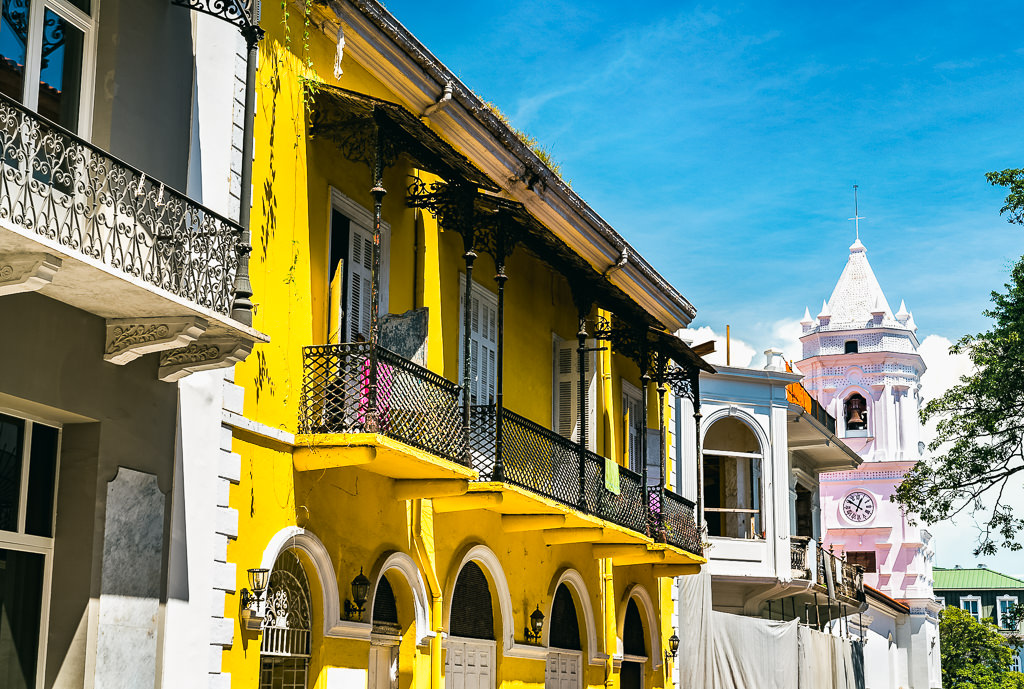
For a local experience, I liked getting seafood at the Mercado De Marisco Cinta Constera. On the weekends, it’s jam-packed with Panamanians gorging on fresh catch from the adjacent harbor. The Metropolitan Natural Park is also great — it feels more like a tropical forest than a park, despite being just a 10-minute drive from downtown.
Panama City could have a bit more warmth and soul — or just a more buzzing atmosphere as it has a strange way of feeling a bit empty. But it’s the perfect base for taking amazing day trips nearby.
For example, a catamaran cruise to Taboga Island, a rainforest zipline adventure, or a tour of a Sloth Sanctuary on Monkey Island inside Soberania National Park, which is just a 40-minute drive outside the city.
2. San Blas Islands
Disconnect from civilization on remote islands, best experienced on a multi-day sailing tour
The San Blas Islands is one of the more remote but also best places you can visit in Panama. This archipelago on the north coast is inhabited by the indigenous Kuna, who have a degree of autonomy over the region and who regulate the tourism on the islands.
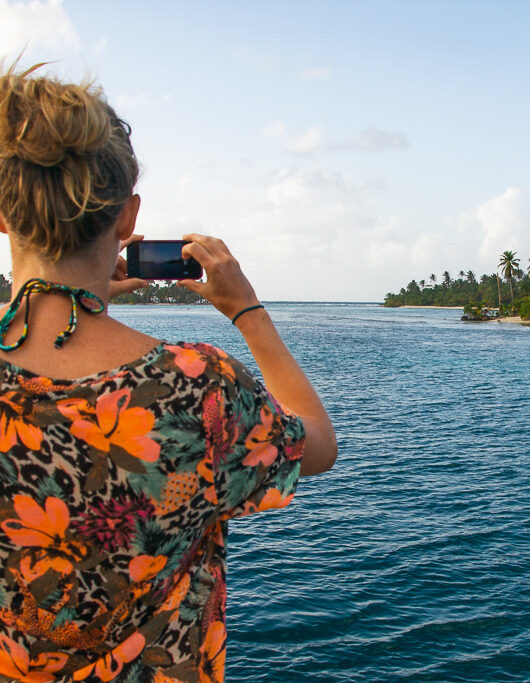
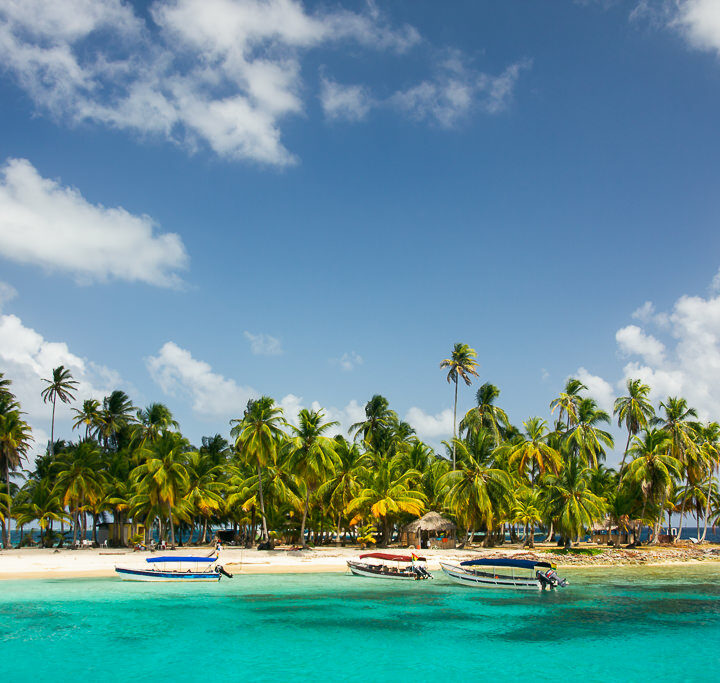
You can only visit the San Blas Islands as part of an organized boat tour. If you can, go for a 2 or 3-night experience, rather than a day trip, as this will let you to see the best parts.
I was lucky to visit the islands during a yacht trip to Colombia, which had us regularly anchoring at small uninhabited islands. Wandering around them gave a magical castaway feeling. While snorkelling along the shores, I found myself swimming right above an enormous manta ray, which hovered over the seafloor like a mysterious alien.
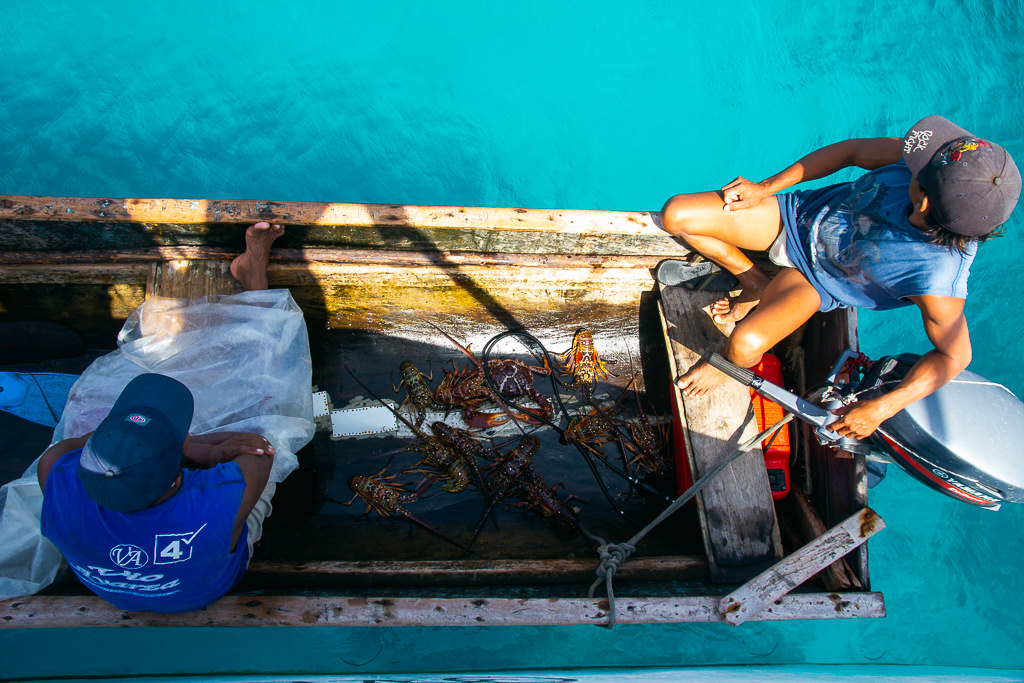
One of the islands we stopped at was inhabited by local Kuna people, who were there for the season to harvest coconuts. Our captain had a good relationship with the families, which meant we were warmly welcomed to their island. (Though our captain told us to never touch the coconuts.)
I’ve heard of other travellers having a less personal experience, usually when it’s a day trip from Panama. On a multi-day trip you can reach less-visited islands and allow plenty of time for swimming, snorkelling, and stargazing at night.
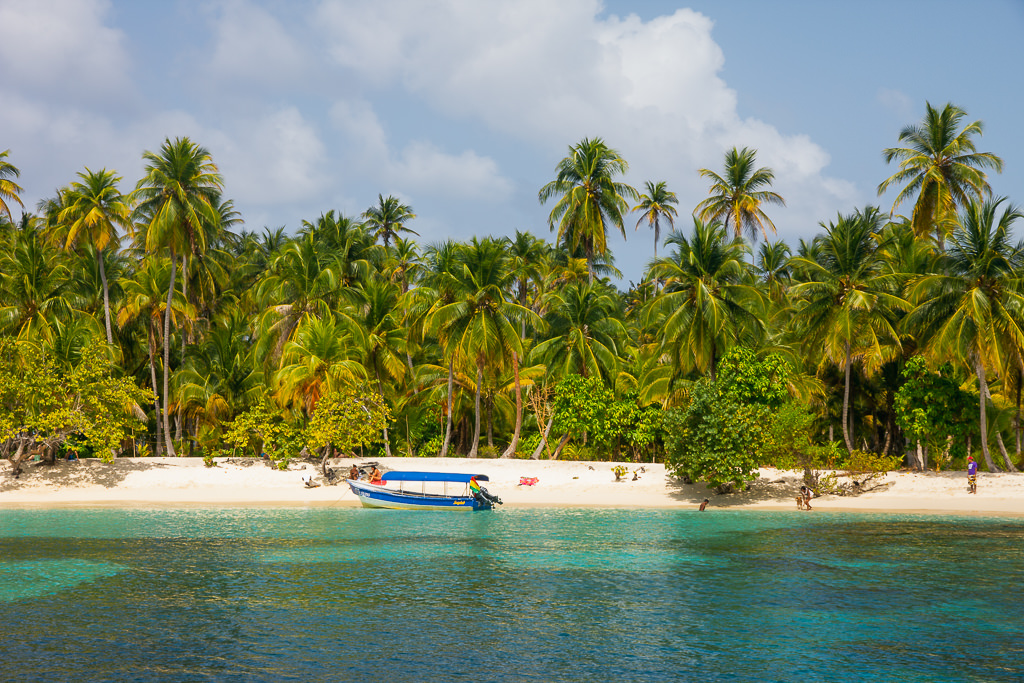
How to book San Blas
You can book an excellent 3-day tour of San Blas via GetYourGuide, which is roughly the same trip I did. It costs a bit but if you have the time, I highly recommend doing San Blas on a multi-day tour, as you’ll get to less-visited areas and will experience it fully. If you’re short on time, you can also do a San Blas day trip.
3. Portobelo
A sleepy coastal town home to a UNESCO World Heritage site. Go a little off the beaten path in Panama…
- Rent a kayak to visit old forts across the bay
- Chill at Playa Huerta, a hidden beach home to howler monkeys
Portobelo is a sleepy town with a relaxed Caribbean vibe, about a 90-minute drive north from the capital. It’s a quiet and low-key place and one of my favorite little spots in Panama!
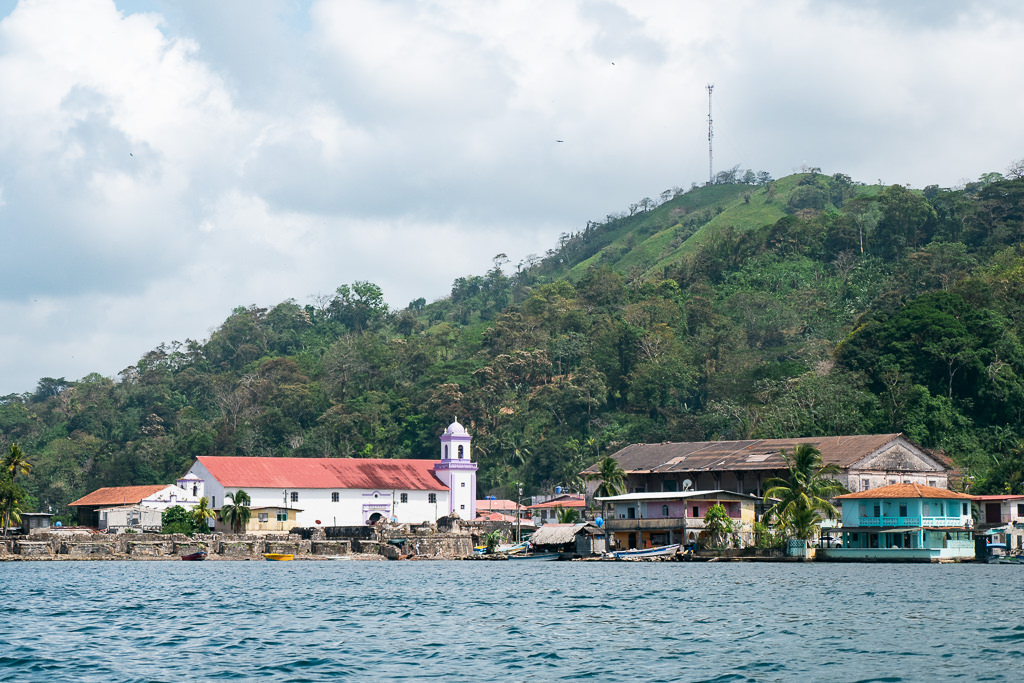
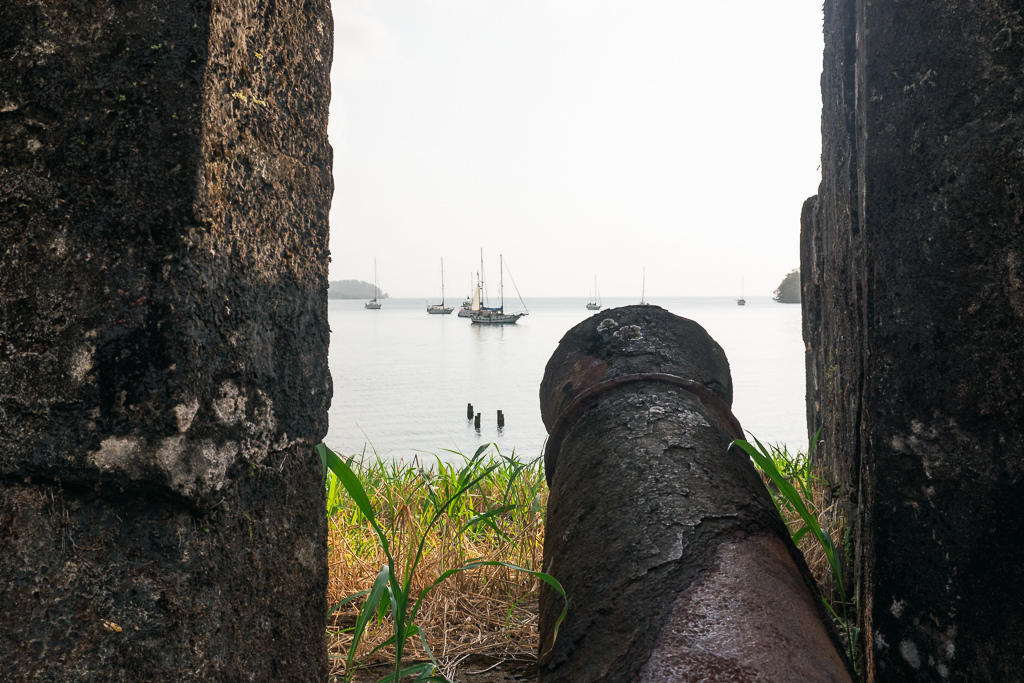
The small town once served as a key port from where the Spanish exported plundered Peruvian silver. It was eventually ravaged by pirates and then invaded by the British (hence ‘Portobello Road’ in London). The ruins of all the fortifications are still there, with rows of rusty canons lining the old defence systems.
I rented a kayak at Restaurant Casa Vela and paddled across the bay, where you can clamber around a second fortification. The forts aren’t ticketed or fenced off, so you can just freely explore them. Squint your eyes a little and you can picture its tumultuous history of pirates and galleons.
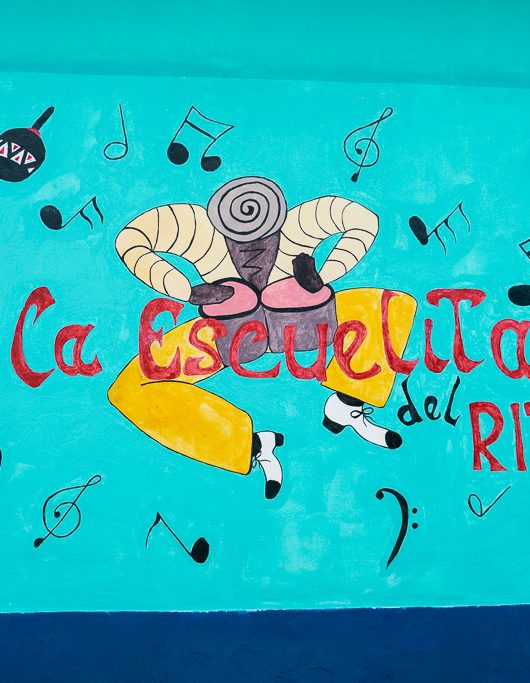
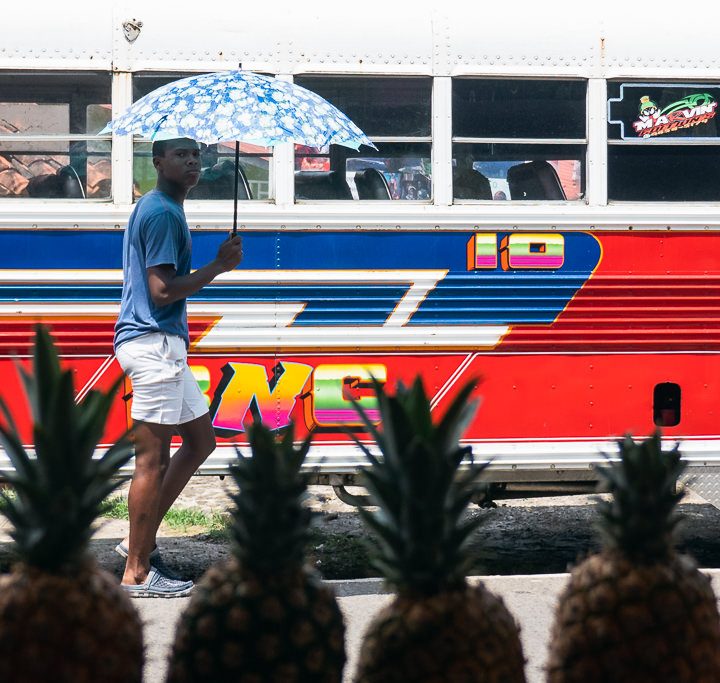
Despite hosting a UNESCO World Heritage site, Portobelo is quite basic and not touristy. Several unspoiled beaches that are unconnected by road are hidden beyond the bay. You can either rent a lancha (boat) or take a kayak there.
I spent some time at Playa Huerta, which was teeming with life; I saw fishes jumping from the sea, cormorants watching for prey, crabs dispersing as I walked through the sand, and even a family of howler monkeys swinging from the treetops.
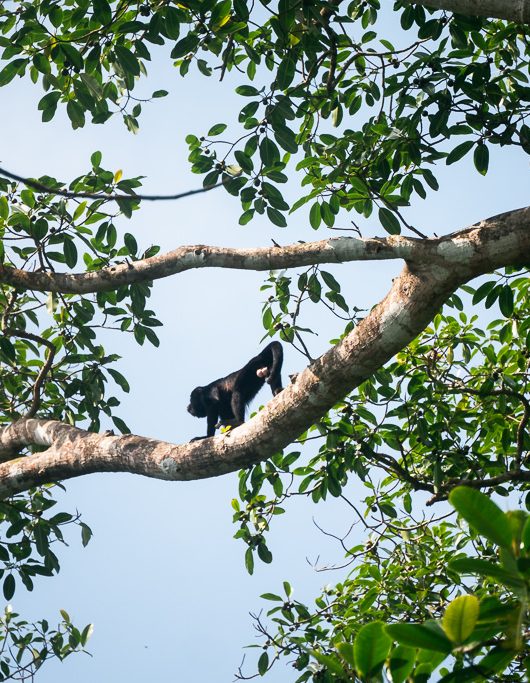
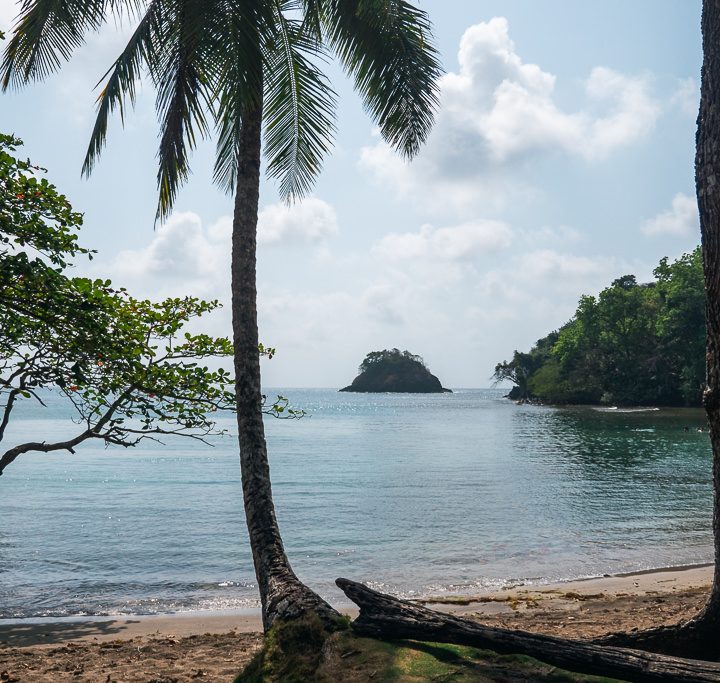
Portobelo is a bit far away for just a day trip from Panama City (4 hours there and back is a lot), so it’s nice to stay at least a night.
From Portobelo’s harbor, you can also go on tours of the San Blas Islands, or even take the 5-day boat trip to Cartagena in Colombia, which is a popular trip among backpackers travelling through Latin America.
4. Santa Catalina
Surfing hotspot and gateway to Coiba National Park, called the ‘Galapagos of Panama’
- Stay on Catalina’s black sand surfer beach
- Snorkel and island-hop at Coiba National Park
This tiny beach town (population: ~350) sits just on the edge of Coiba National Park. Inside this marine park is a completely wild and protected island that is sometimes dubbed the ‘Galapagos of Panama’.
Coiba Island was once a brutal penal colony under Spanish rule but has otherwise been isolated from the mainland. Still covered in ancient forests, it is an untouched refuge for countless species, including the Scarlet macaw (yep, those classic red-yellow-blue parrots).
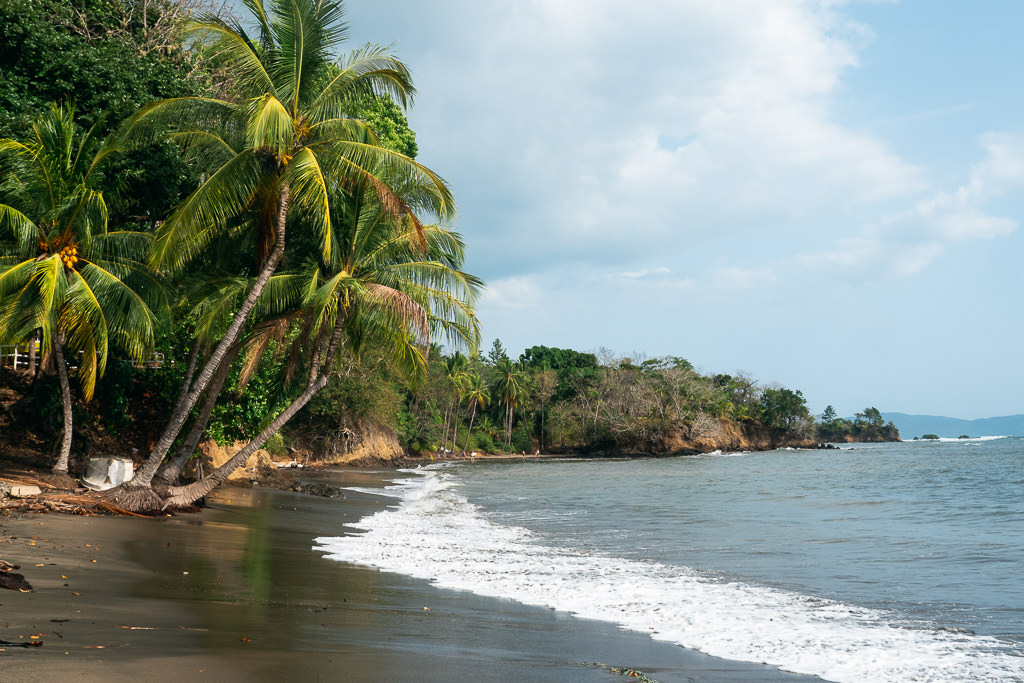
The waters around Coiba are absolutely swarming with subaquatic activity, as I witnessed on my scuba diving trips. It’s a bit of a mystery why these dive sites aren’t far better known among divers. I saw Mobula rays flying overhead, a whole row of sharks sleeping under a rocky overhang, and large schools of bigeye trevallies swirling around. Simply incredible.
Above-ground Coiba National Park is stunning as well. Snorkelling and hiking trips will get you close to the flora and wildlife and you can visit the abandoned prison. I saw tropical birds fluttering past, hundreds of little crabs scuffling around the beaches, and dolphins breaching offshore.
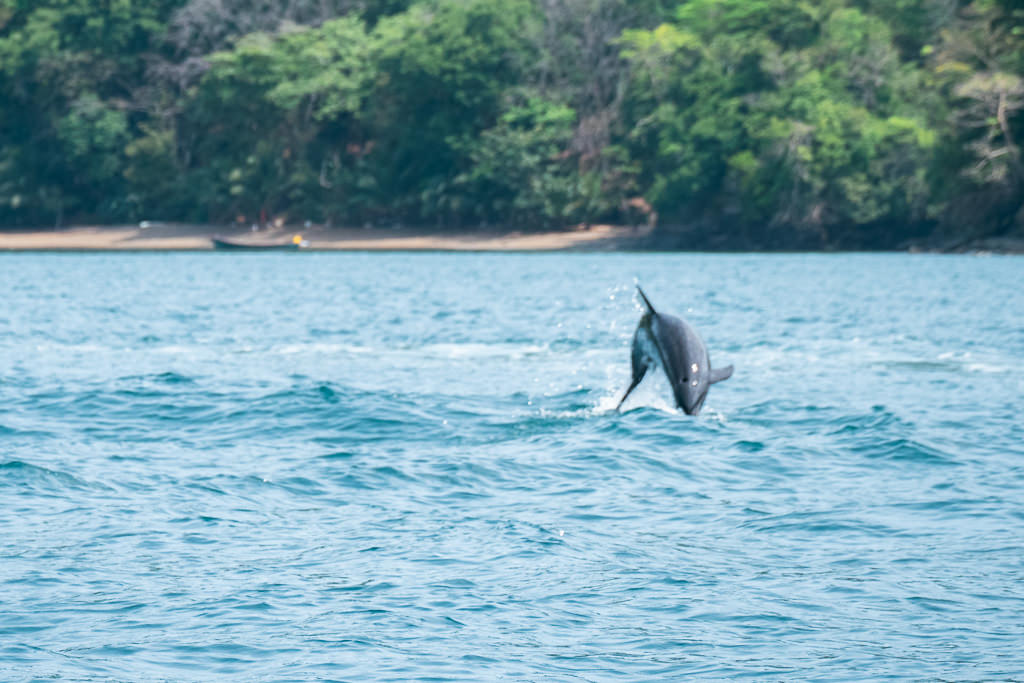
The town of Santa Catalina itself is just fine, but it’s all the activities such as fishing, surfing, snorkeling, and SCUBA diving tours that make it especially worth it.
I stayed at Ecolodge Deseo Bamboo, a guesthouse run by the most hospitable owner I’ve ever met, who regularly fed us homemade sashimi from just-caught fish. The lodge is located a 20-minute walk outside of town, but there’s a lovely shortcut through woods and pastures that takes you straight to the beach. I loved this place and it made my stay in Santa Catalina much more special!
5. Boquete
Panama’s hiking, eco, and outdoor adventure travel capital
- Hike the beautiful Lost Waterfalls trail
- Tour a coffee plantation
- Climb to the summit of Volcán Barú (usually a 2D/1N trip)
Close to the border with Costa Rica, Boquete is known as the best place to visit in Panama for hiking, coffee plantation tours, and many other outdoor activities like horseback riding, ATV, ziplining, or river rafting.
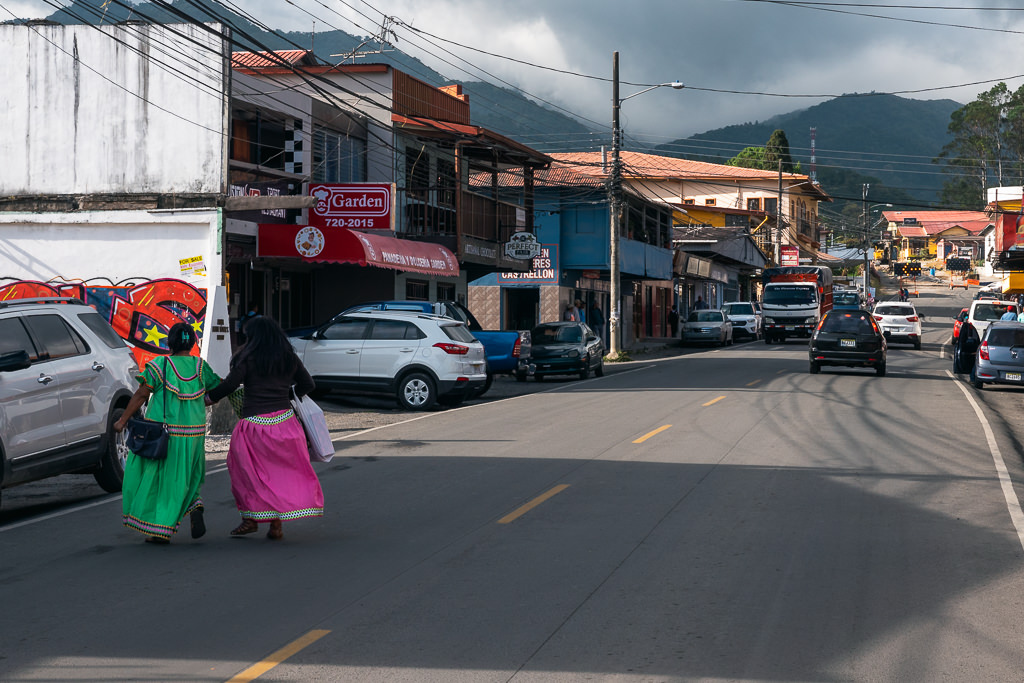
The town is nice enough and fairly international due to many American expats living there, though it’s really the surrounding area that makes Boquete so worthwhile to visit. The road to Boquete basically just ends there; to its north is nothing but endless rainforest, and to its west is Volcán Barú (3,475m), the tallest mountain in Panama.
There are some wonderful hikes in Boquete. I highly recommend the 3-hour Lost Waterfalls hike, which is incredibly scenic and not too strenuous, passing through lush forest and stopping at three gorgeous waterfalls. The trail was truly a festival of butterflies and hummingbirds. I’ve never seen anything like it.
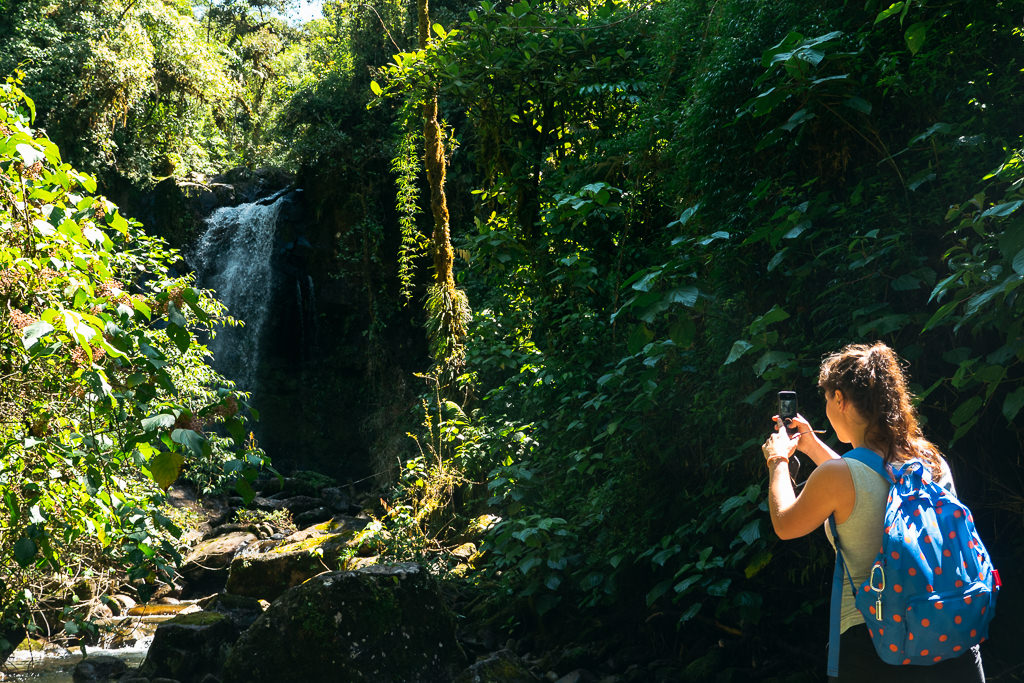
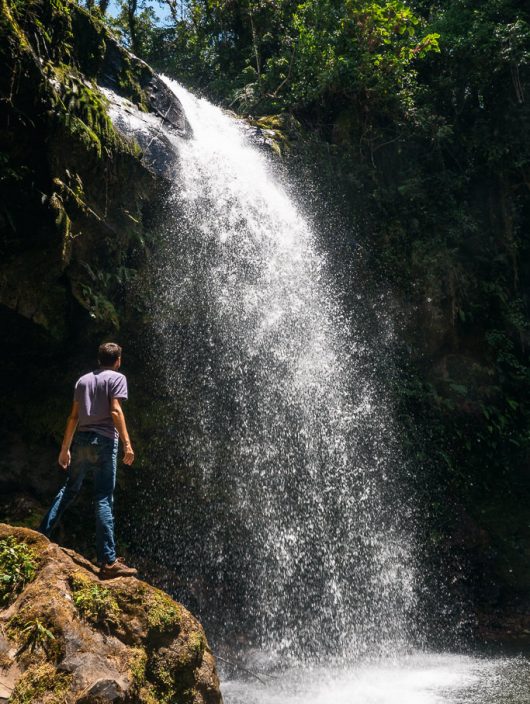
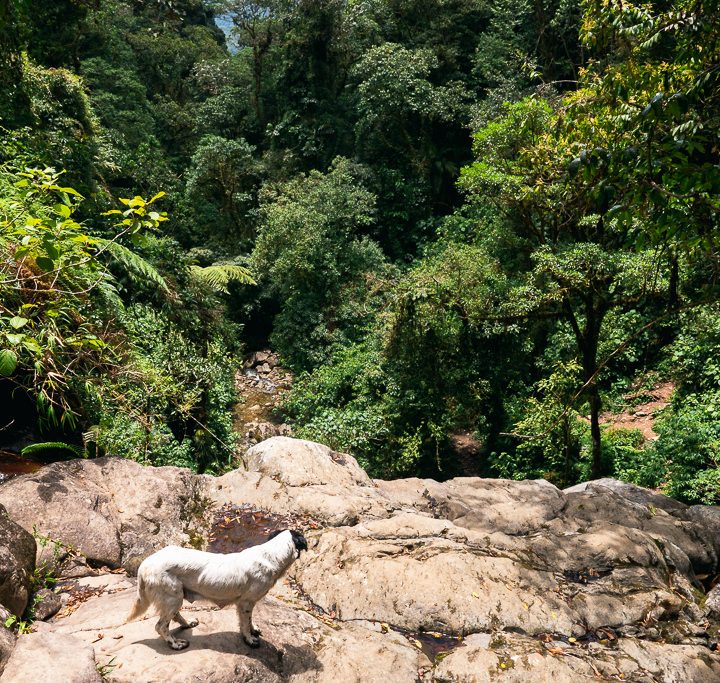
If you’re looking for a longer hike, many travelers recommend the Sendero Los Quetzales trail.
There are many coffee farms around Boquete, though if you’re interested in visiting, it turns out they don’t really do drop-ins. It’s best to book organized tours in town that will allow you to visit these coffee farms along with a knowledgeable guide. Among the coffee farms that welcome tourists are the Finca Dos Jefes coffee farm and Finca La Milagrosa.
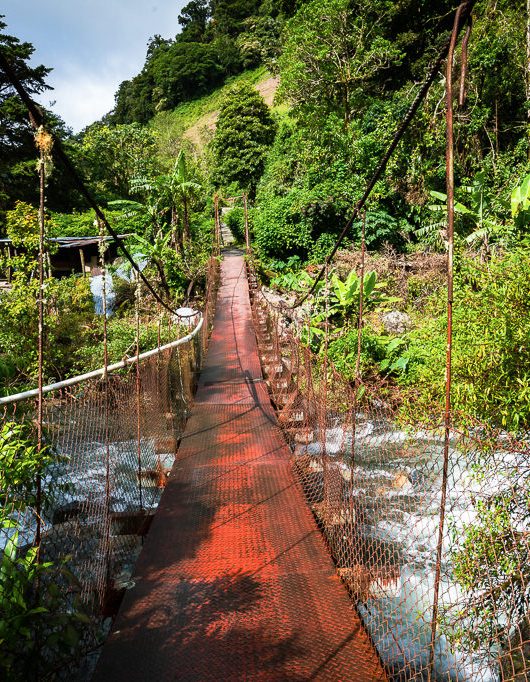
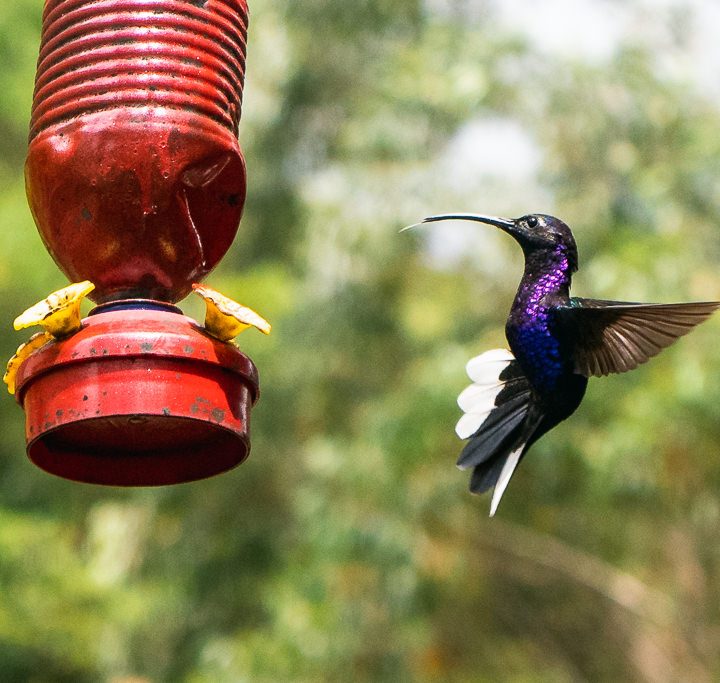
I stayed in Bambuda Castle, a truly remarkable hotel. Built inside a castle-like former mansion, it has amazing mountain views and a large indoor swimming pool, offering both private and shared dorm rooms. Outside the main “castle” building, there are a number of domed rooms hidden underneath the grass, much like a hobbit village. It’s one of the most unique places I’ve stayed!
7. Bocas del Toro
Panama’s party place and Caribbean holiday resort
- Enjoy the party scene in Bocas Town
- Or… escape to quiet Playa Bluff, Isla Bastimentos or Isla Selina
- Visit Bocas Marine National Park (Cayo Coral & Cayo Zapatilla)
Finally, there is the archipelago named Bocas del Toro, which is Panama’s main tourist destination. You may hear varying opinions about Bocas, but the type of atmosphere you can expect varies hugely on where exactly you go.
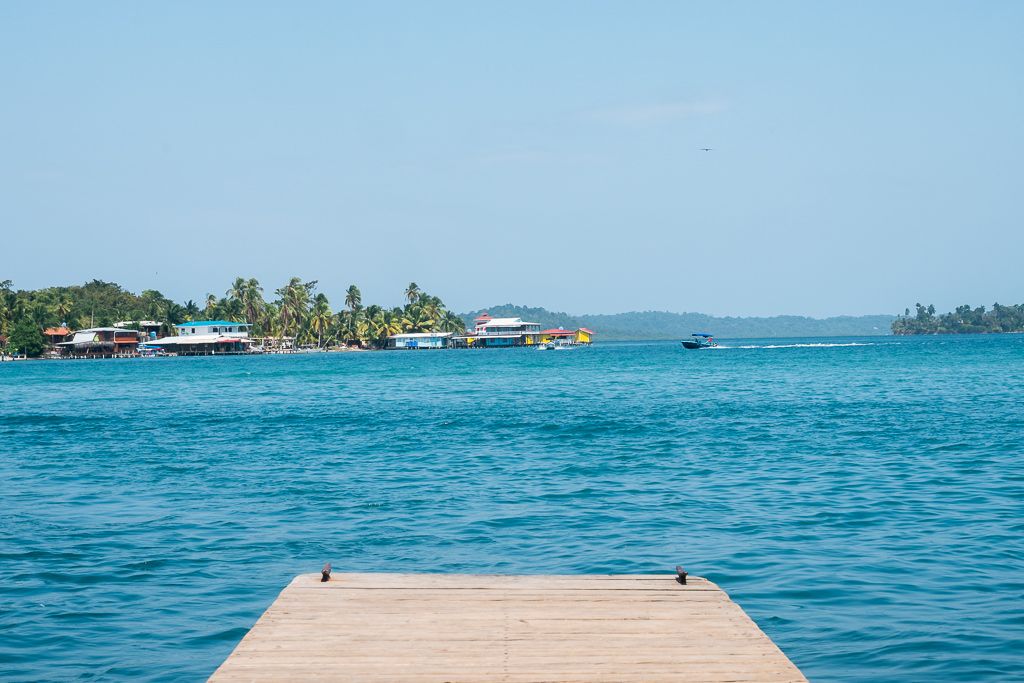
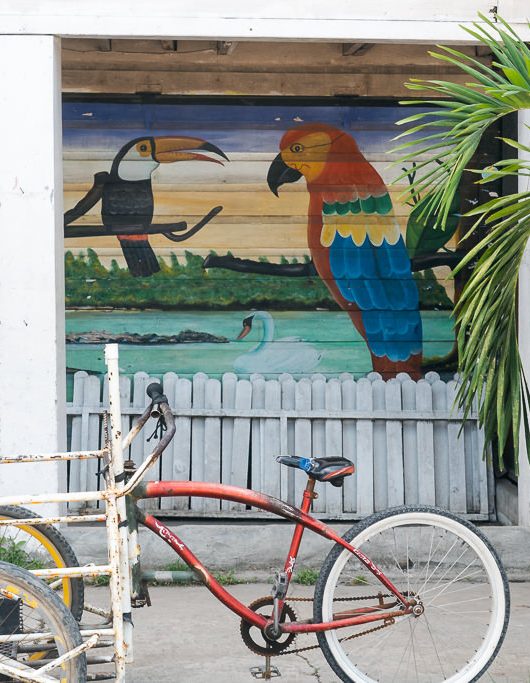
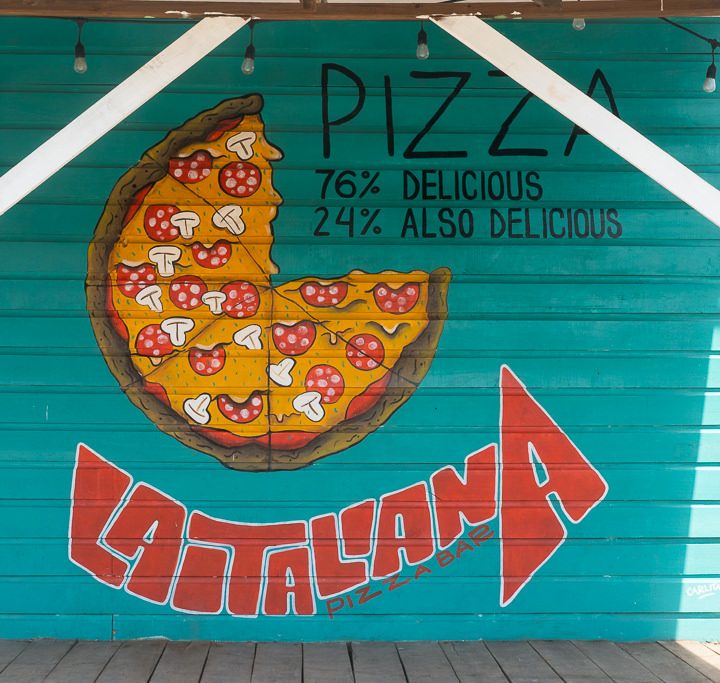
Bocas Town on the main island is a bit of a party place, home to an abundance of cocktail bars, clubs, party hostels, and sports bars — as well as surf shops, dive centers, and t-shirt stores.
Despite the commercialism, it’s quite a fun place. Bocas Town was originally established in the early 1800s by a banana company that later became Chiquita Banana. A lot of the original houses are wooden and brightly painted with little verandas. Adding to the Caribbean vibe is that many of the locals don’t speak Spanish but an English-based patois similar to Jamaican.
Bocas Town is known as a backpacker party spot, featuring heavily on the Central American Gringo Trail. If you’re looking for somewhere quieter, you can definitely find it. Water taxis can quickly take you to other places around the archipelago, most being just 10 to 30 minutes away.
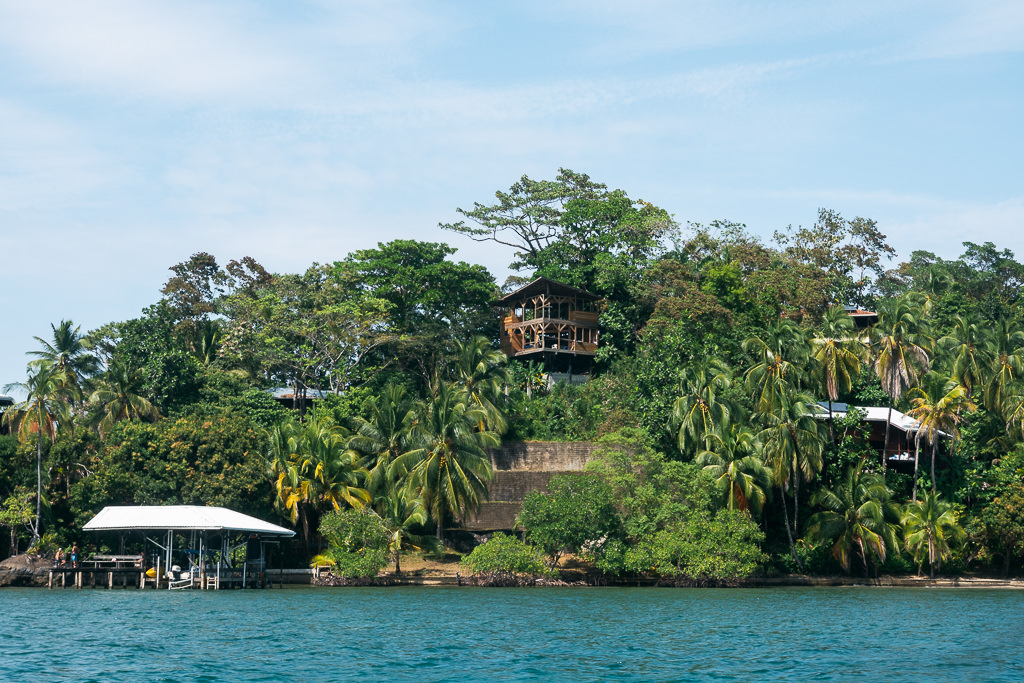
I spent some time at the Red Frog Beach on Isla Bastimentos, which is a really nice spot for some lazy lounging. North from Bocas Town on Colon Island itself, I stayed in a jungle lodge. From this area you can hike to Playa Bluff, a totally wild and undeveloped beach that is also a protected hatching ground for sea turtles.
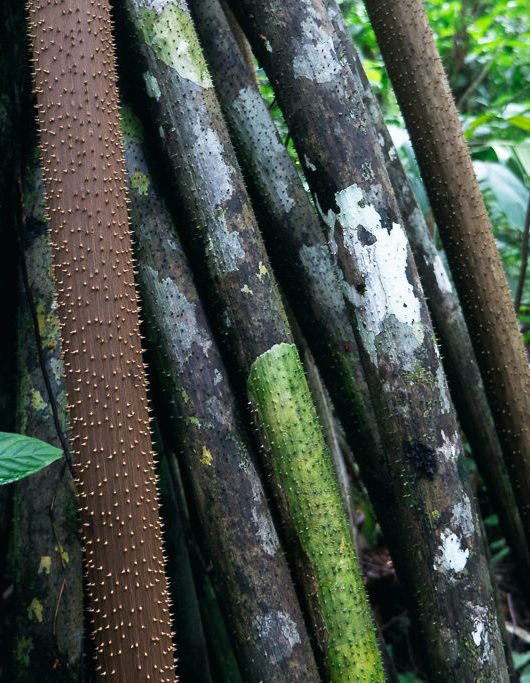
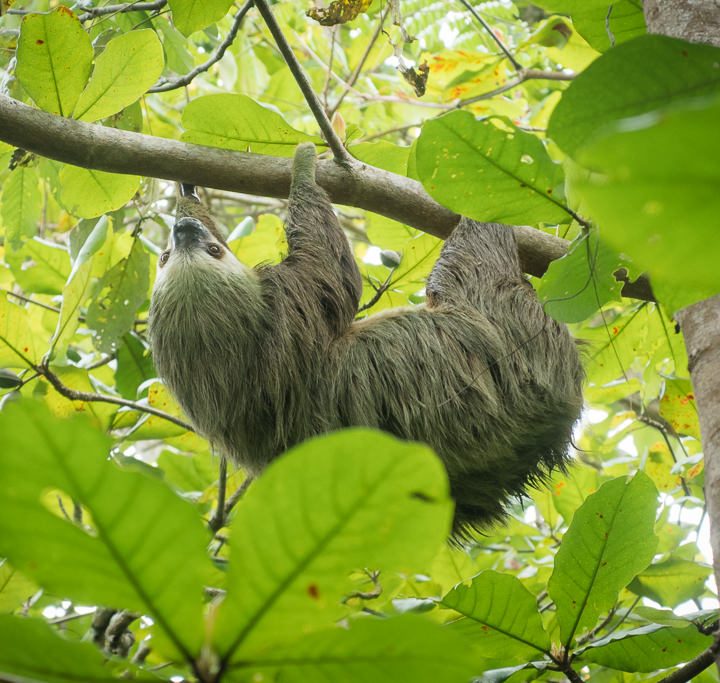
Isla Solarte is mostly uninhabited except for a couple of isolated lodges, including the legendary Bambuda Lodge hostel which needs to be booked well in advance. It’s a jungle eco-hostel that also happens to have a 150 feet water slide into the sea!
Some travellers can be dismissive of Bocas del Toro, often because they have only been to Bocas Town, a 200 square meter (8 square miles) or so area that isn’t representative of the whole archipelago. There are loads of great islands and nature experiences here! If you’ve come to Panama with the hopes of staying in an amazing jungle lodge, this is a fantastic place for it. This travel guide to Bocas del Toro by locals will tell you everything about the different islands, activities, and where to stay.
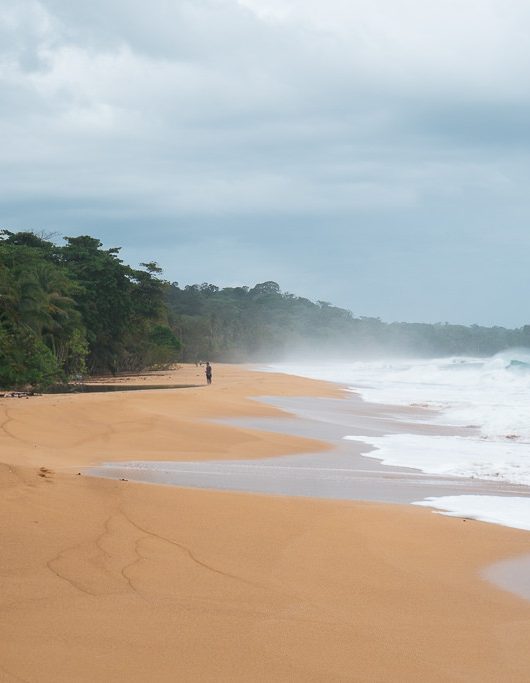
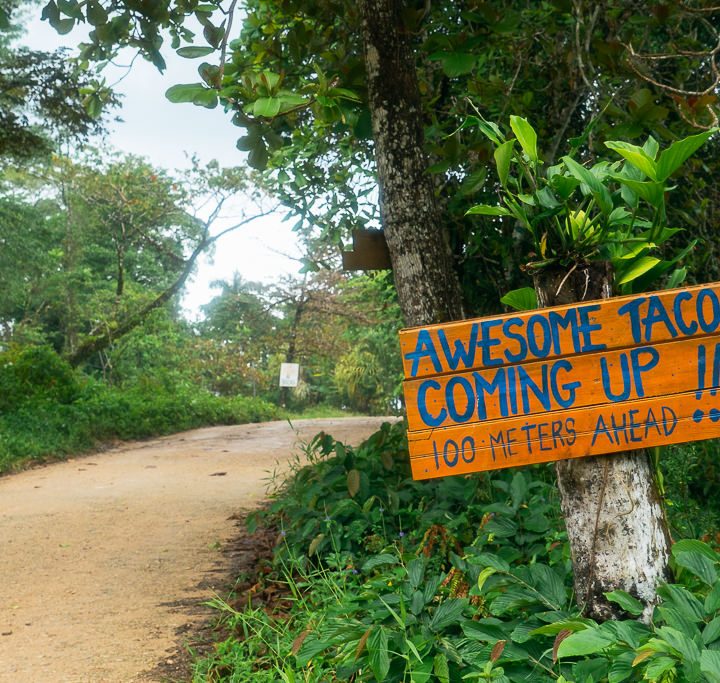
There is plenty to do on and around the water including kayaking, snorkeling, and much more. Don’t miss doing a snorkelling day trip to the stunning Zapatilla Island.
7. El Valle de Antón
A lovely village inside an epic volcanic crater
- Don’t miss: hiking Cerro Cara Iguana at sunset
- Chill at the waterfalls and hot springs
Located about 2,5 hours west of Panama City, El Valle de Antón makes for a wonderful stop if you have an extra couple of days to spare.
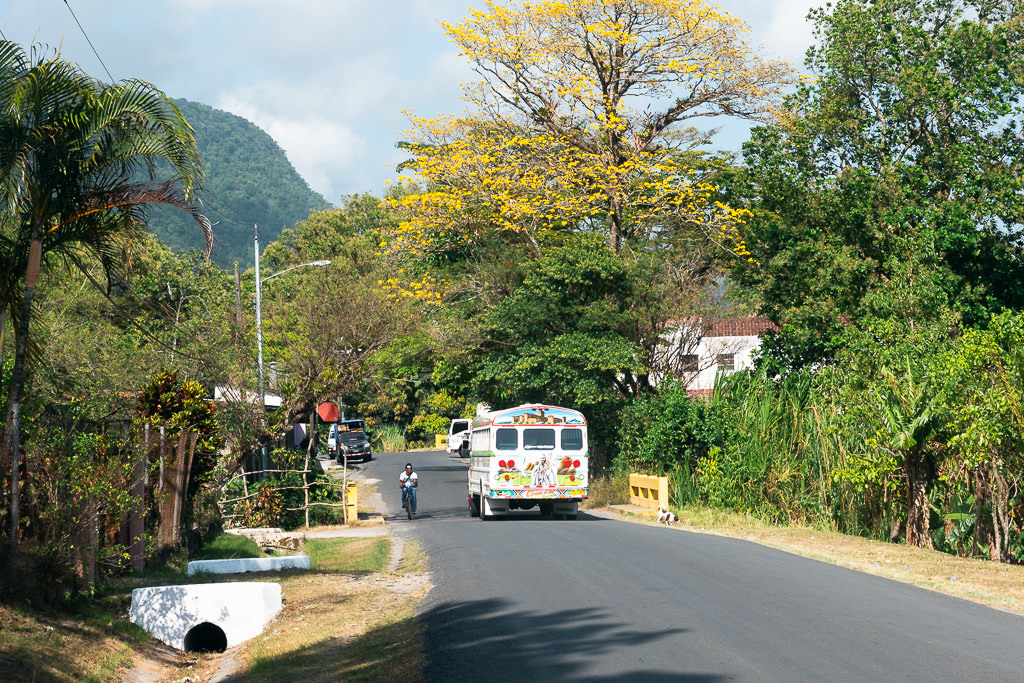
The peaceful town, known locally simply as El Valle, is in itself pretty rewarding to explore. It has lots of pretty little houses with flowery gardens. There’s a serpentarium, an orchid center, and a butterfly haven. Several waterfalls, swimming holes, and a hot spring are also within reasonable walking distance.
But the cool thing about El Valle is that it’s ringed by verdant forest and jagged peaks. You won’t be able to tell from inside the town, but once you hike up one of the mountains you’ll see it’s located inside an ancient volcanic crater — in fact, one of the largest in the Americas.
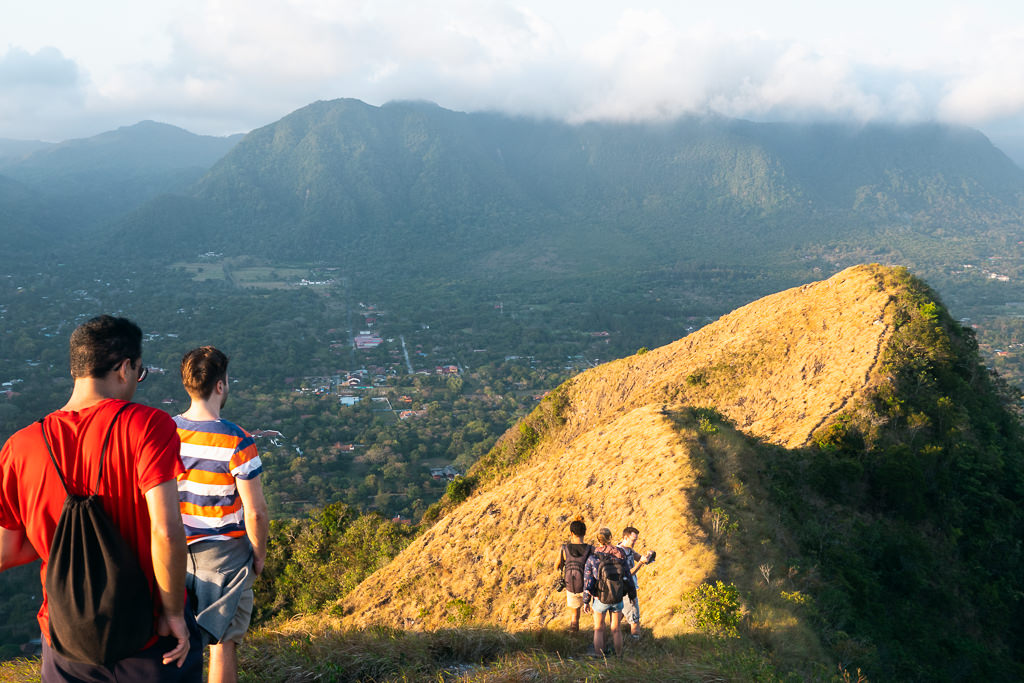
There are some nice hiking trails running through the valley and up the crater edges. I loved hiking up the Cerro Cara Iguana at sunset. My guide had recommended bringing a jacket; when we neared the peak it was clear why… the winds funnelled along the rim nearly knock you off your feet! If you can brave these intense orographic winds, you’ll be rewarded with some epic views of the crater.
Since I was backpacking my way through Panama, I stayed at the homely Bodhi Hostel, a great base from which to explore the area.
More Panama travel ideas
If you don’t have much time on your trip, then you might want to focus mainly on Bocas, Boquete, and San Blas, as they are usually considered the top places to visit.
Portobelo and El Valle are in another tier, probably best considered if you have at least 2 weeks and can go on a few side-quests.
I haven’t yet mentioned Boca Chica, Pedasi, and Playa Venao, which are all coastal towns popular mainly with backpackers and surfers.
Below is a map with some of the top places in Panama.

Panama is fascinating and you can prepare yourself for your visit by reading these 50 things you need to know.
If you’re considering other countries for your trip, check my overview of where to travel in Central America
Some links may be affiliate links, meaning I may earn commission from products or services I recommend. For more, see site policies.
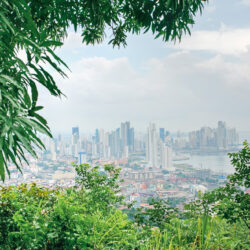
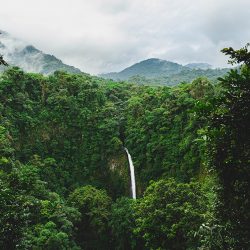
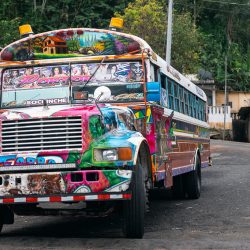
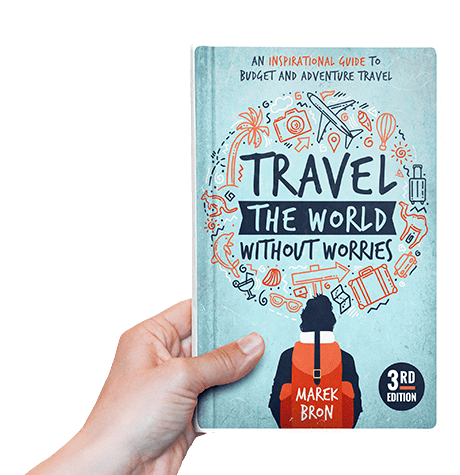



So excited to visit Panama! This is a great guide thx
Loved Panama! Honestly my favourite place was Playa Venao! It this quaint beach town close to Pedasi. It’s slowly becoming more popular since a Selina Hostel opened up there. Loved this blog post- thanks for sharing 🙂
Thanks Joanna, I sadly had to miss Venao but surfer friends of mine also said it was great. I must go next time! 🙂
Thanks a lot for this amazing article and the great infos !
Thanks a lot for this post! We are planing a 2 weeks trip to Panama in June and would like like to visit some of the places you shared. But we are thinking of renting a car to move around, would you recommend that?
Yeah having your own wheels is always nice. Didn’t rent a car myself but the roads all seemed pretty decent to me. Panama City might be a bit of a headache (lots of traffic etc.) so it’s maybe easier to use taxis there, then get a rental once you’re ready to leave the city.
If you had to pick one – Bocas del Toro or El Valle – which would you recommend? We will be visiting for 8 nights in Jan 2020. We plan to spend 4 nights in Boquete and 1 in Panama City.
I’d go for Bocas in that case 🙂
Great work , interesting post and fantastic photos , thanx for sharing this enjoyable article
As always – great guide! Well done Marek!
Thanks Atanas!
Such a beautiful place…have to visit Panama.
Panama seems like an awesome travel destination, especially for its unspoiled nature, Marek! This is an exceptional travel guide which I hope to put in use soon. I would love to explore Boquete and enjoy some adventure there. 🙂
It really is a great place for exploring nature. Wish I could have stayed longer in Boquete! 🙂